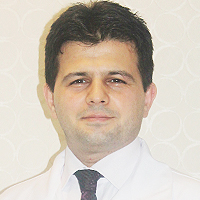Using Isomets as a Foundation, a Connection Factor between Nucleation and Atomic Physics
Published on: 10th June, 2024
The radioactive isomer was initially used to characterize persistent excited atomic states, much like molecular isomers, more than a century ago. Otto Hahn made the first atomic isomer discovery in 1921. Subsequently, it was gradually discovered that there are several kinds of nuclear isomers, such as spin isomer, K isomer, seniority isomer, and “shape and fission” isomer. Isomers are essential to the nucleosynthesis of astrophysical materials. High-accuracy nuclear reaction rate inputs are anticipated while carrying out a celestial nucleosynthesis net computation, even though a single reaction rate can have a significant impact on the whole astronomical evolutionary network. The isotopes are often considered to be in their initial state or to have levels populated in accordance with the thermal-equilibrium distribution of chances when computing nuclear synthesis rates. After all, certain isomers may have lives that reach millions of years or perhaps beyond the age of the cosmos. Thus, in an astrophysics event, such isomers might not be thermally equilibrium. Some atomic isomers—that is, astrometry—should be considered special isotopes since they are crucial to nucleosynthesis. Nuclear batteries can also be produced using nuclear isomers. Similar to the weak force, in certain specific cases such as isomer decays, the electromagnetic force could be crucial for nuclear changes. It is important to note that radioactive isomer states and radioactive ground states are not the same thing. Durable nuclear states of excitement provide insight into the nuclear framework and potential uses. Atomic and molecular changes become interconnected when the connection to the electrons in atoms is made possible by the existence of em decay routes from isomers. Notably renowned chemical decay process is inner conversion. Its inverted, nuclear excitement by free capture of electrons has been observed; however, it is debatable and needs more investigation. This study describes the connection connecting radioactive and molecular changes and discusses instances of manipulating nuclear moves related to isomers using external electromagnetic fields.




